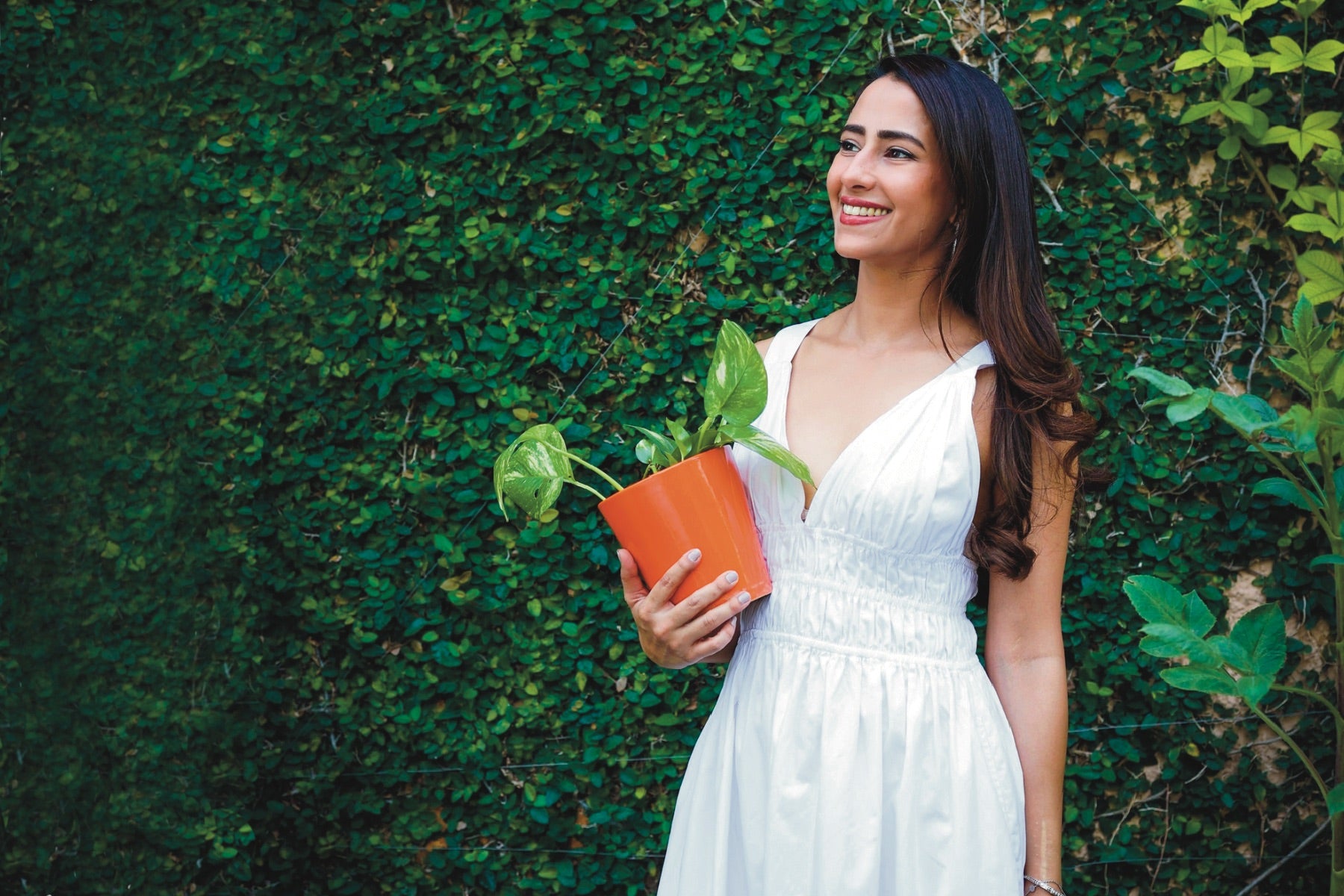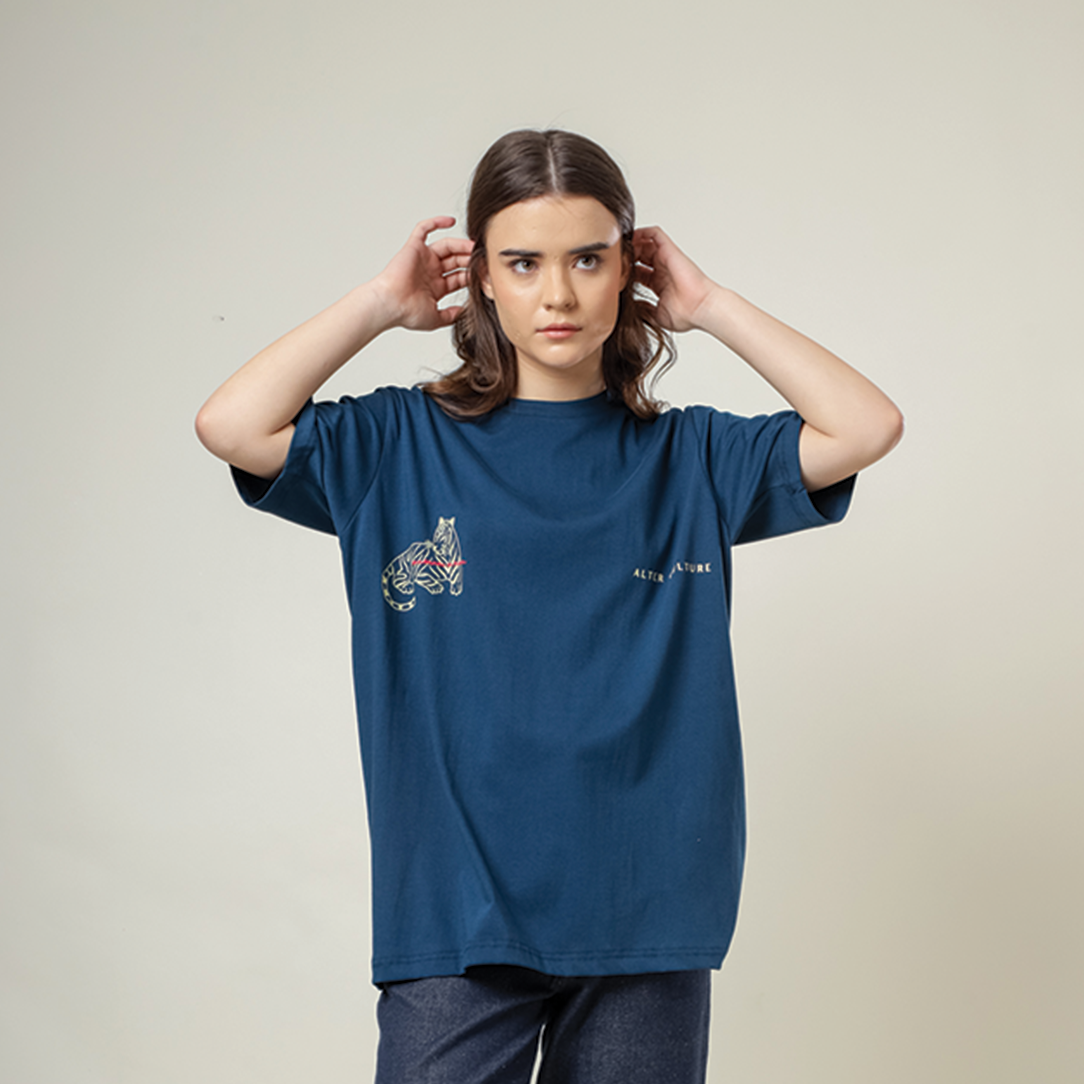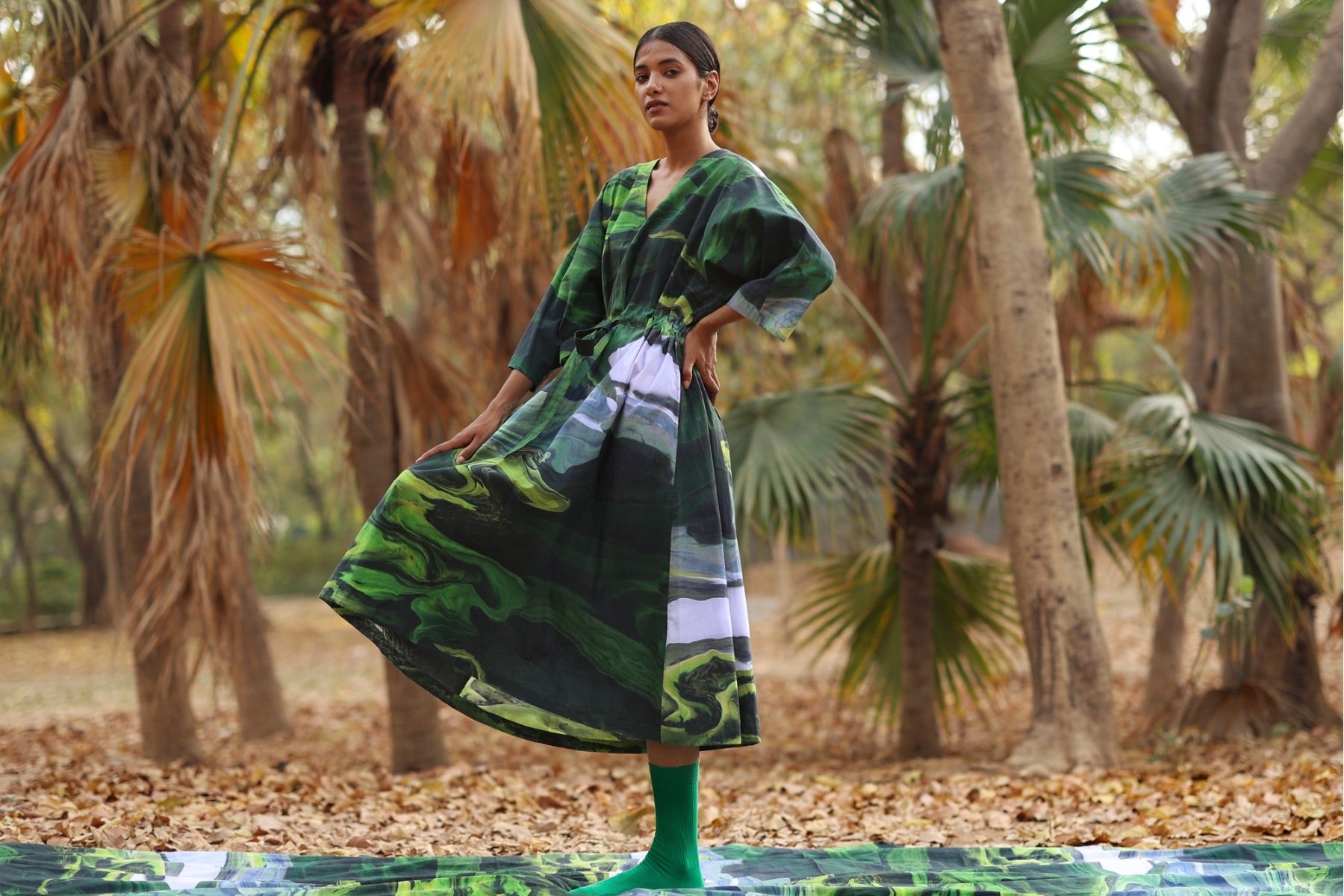
Celebrating World Environment Day with Nanaki Singh: Embracing Green Interiors and Sustainable Practices
As we celebrate World Environment Day, we are excited to share an insightful interview with Nanaki Singh, an interior and landscape designer with a passion for greenery. Nanaki runs Project Co and its dedicated division, Project Plant, where her love for plants and landscapes truly shines. In our conversation, she offered valuable tips on creating green, indoor spaces with low-maintenance plants.
Nanaki Singh’s Top Indoor Plants for a Greener Home
Areca Palms
• These elegant palms, known for their feathery fronds, thrive in indirect light. They are aesthetically pleasing and excellent air purifiers, making them a perfect addition to any indoor space.
Sansevieria (Mother-in-Law’s Tongue)
• Also known as snake plants, Sansevieria are incredibly hardy and can survive with minimal water and light. They are effective at filtering toxins from the air, including formaldehyde and benzene.
Aglaonema
• Aglaonema, or Chinese Evergreen, is appreciated for its vibrant foliage and adaptability to low light conditions. This plant is easy to care for and adds a splash of colour to any room.
Peace Lily
• Peace Lilies are known for their beautiful white blooms and ability to thrive in low light. They are also effective at removing pollutants like ammonia and mould spores from the air.
Dracaena
• Dracaena plants are versatile and come in various species, each with unique leaf patterns. They are resilient and can adapt to different indoor conditions, helping to improve air quality by absorbing toxins.
These plants are not only visually appealing but also feature on NASA’s list of air-purifying plants, highlighting their ability to significantly improve indoor air quality.
Doodlage’s Commitment to Reducing Environmental Impact
At Doodlage, sustainability is at the heart of everything we do. Our commitment to creating fashion that respects our planet is reflected in several key initiatives:
Upcycling and Recycling
• We transform textile waste into beautiful, functional clothing and accessories. By using scraps, defected fabrics, and post-production waste, we minimise the amount of waste that ends up in landfills.
Sustainable Materials
• Our collections are made from eco-friendly fabrics such as organic cotton, recycled
polyester, and natural fibres like hemp and bamboo. These materials require less water, fewer pesticides, and reduce carbon emissions compared to conventional fabrics.
Ethical Production
• We partner with ethical manufacturers who ensure fair wages and safe working conditions for their workers. Our production processes are designed to minimise environmental impact, focusing on energy efficiency and waste reduction.
Eco-friendly Packaging
• We use biodegradable and recyclable packaging materials to reduce plastic waste. Our commitment to sustainability extends to every aspect of our supply chain.
Zero Waste Design
• Our design philosophy embraces zero waste principles. We carefully plan our patterns to minimise fabric waste, and any leftovers are repurposed into accessories or home décor items. This approach not only reduces waste but also promotes creativity and innovation in our designs.
Conclusion
This World Environment Day, let’s draw inspiration from Nanaki Singh and make our indoor spaces greener and healthier. At Doodlage, we are dedicated to creating a sustainable future, and we invite you to join us on this journey. Together, we can make a significant impact and contribute to the well-being of our planet.
For more tips on sustainable living and to explore our eco-friendly collections, visit our website and follow us on social media.
Happy World Environment Day! 🌍💚




Leave a comment
This site is protected by hCaptcha and the hCaptcha Privacy Policy and Terms of Service apply.